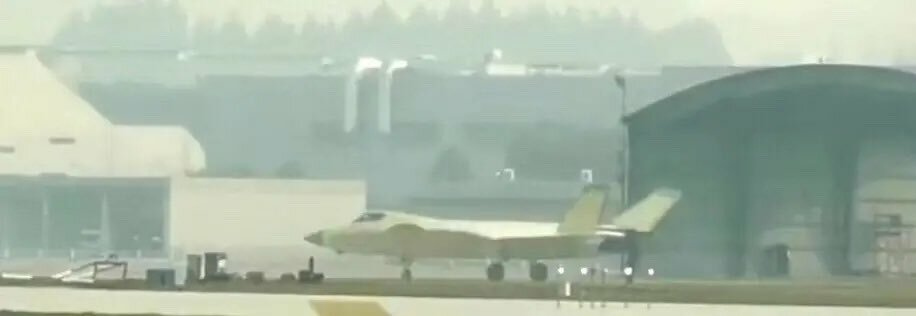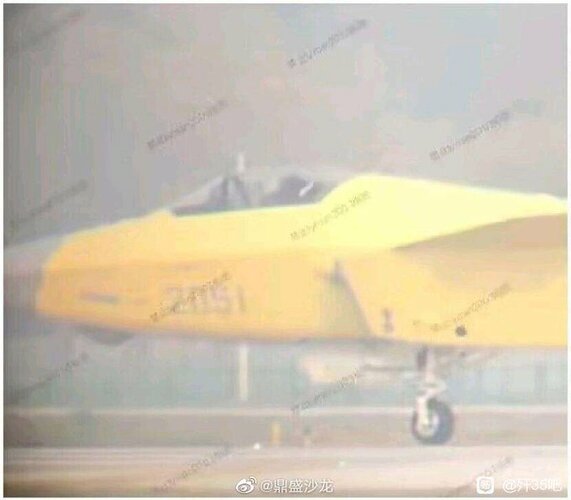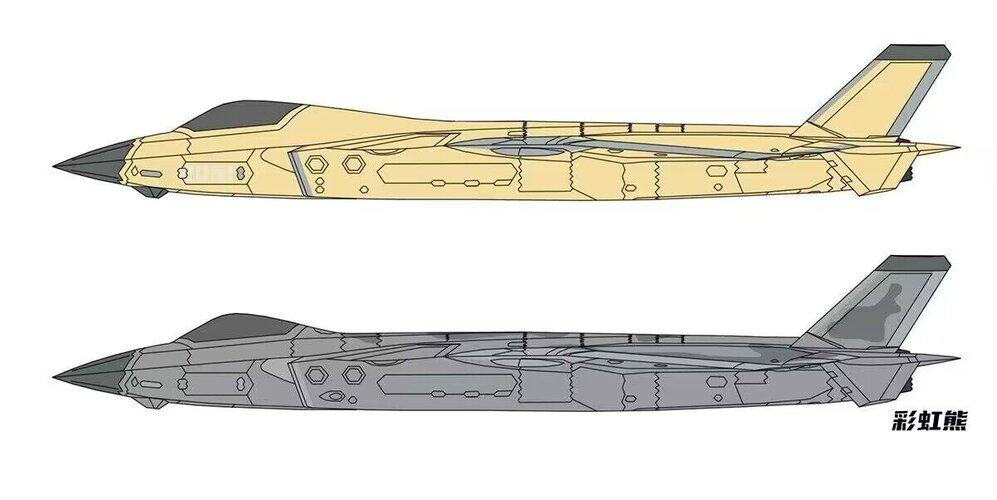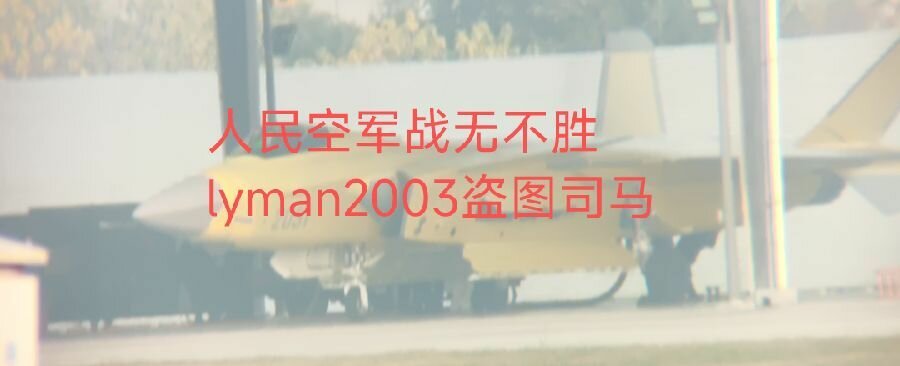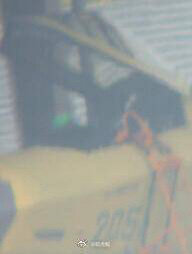F.L.
ACCESS: Top Secret
I don't know, but the picture seems to me to be an optical illusion.Well, if you ask me, the plane we can see at the last airshow look clearly to be light weight.
You can also notice a roll instability in some manoeuvre. Something that would limit airframe max mass (mass = alpha, alpha aggravates roll departure).
This one? ... but I'm not sure if it is an instability.
在见到J20之前我没想过一架飞机还能这样飞_哔哩哔哩_bilibili
在见到J20之前我没想过一架飞机还能这样飞共计2条视频,包括:在见到J20之前我没想过一架飞机还能这样飞、当天拍的其它一些J20视频(渣拍摄,见谅)等,UP主更多精彩视频,请关注UP账号。www.bilibili.com
By the way ... an impressive image that shows the J-20 is NOT that huge as some still claim.
View attachment 687205
The J-20 is supposed to be 21.2 meters long.
The Su-30/J-16 21.935 meter.

